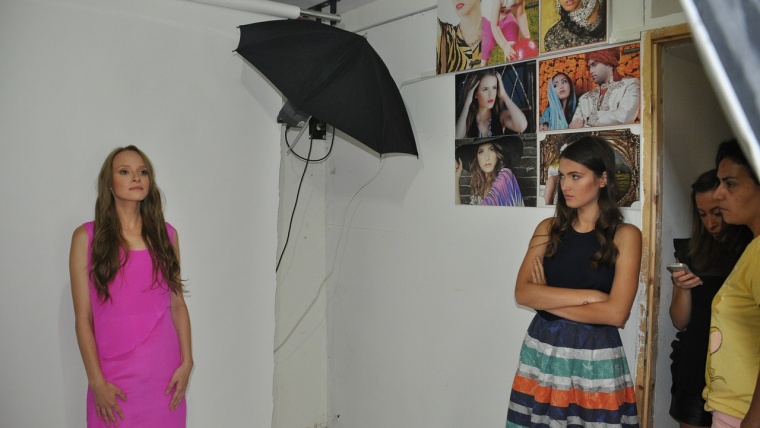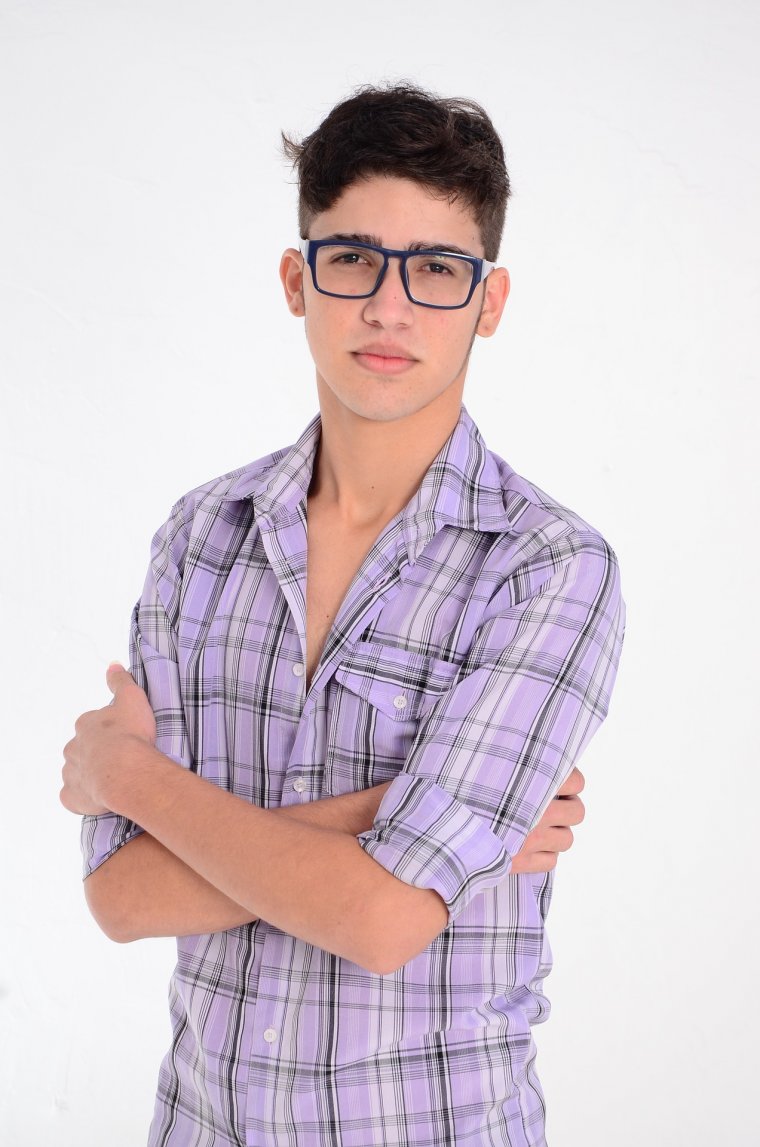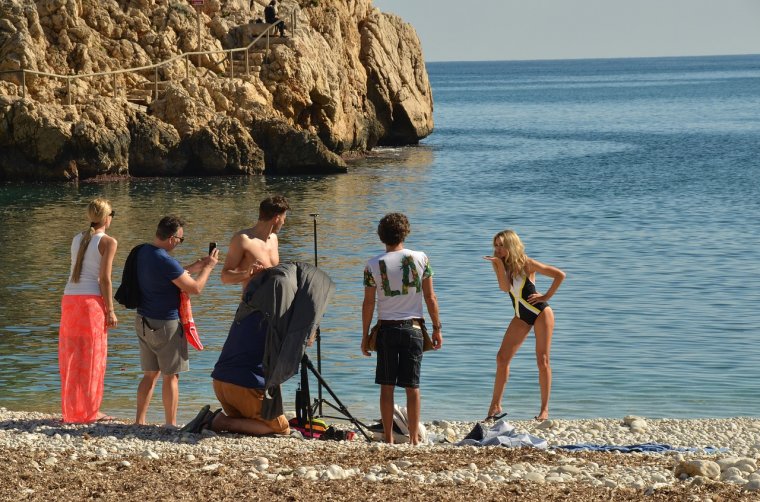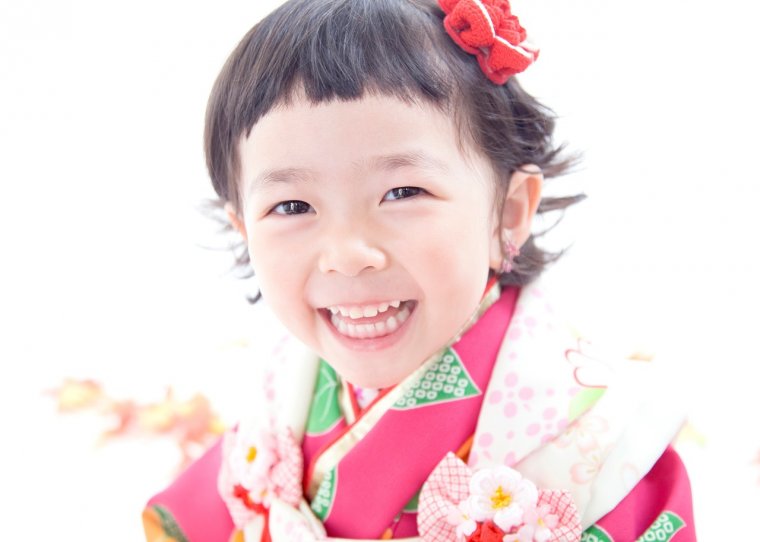
Going into a small room with lights and cameras everywhere can make people feel a little ill at ease. You’ve probably heard it said that 2/3 of our communication is through non-verbal commands. Being able to read body language and react to it can not only help you get your model to feel more at ease, it can also help you capture better pictures that your client will be happy with. Learning how to identify discomfort and how to resolve the tension in a camera-shy model is the difference between a good photographer and a great one.
Table of Contents
If your model or client is feeling anxious or nervous about the photo shoot, they’re going to let you know. Even if they don’t tell you how they’re feeling with words, they will certainly let you know with their body. Blocking and pacifying gestures are something we all do unconsciously when we’re feeling afraid or nervous.
Blocking gestures allow us to put a boundary between ourselves and what we fear. Whether it’s crossing our arms over our chests, or holding a prop between us and the source of anguish, blocking gestures help us feel more comfortable with our surroundings.

Pacifying gestures allow us to calm ourselves without being as aggressive or ready to run as a blocking gesture. Blocking gestures say “I’m cautious of you and I’m putting this here to keep you back and give me an escape.” Pacifying gestures, such as playing with jewelry or rubbing one’s hands, say “I’m cautious of you but I’m trying to calm myself down.”
If your model is being fidgety before the shoot or starts holding props you give them directly in front of their bodies, they are probably uncomfortable with the photo shoot. The following tips will help you create a comforting aura and get the perfect pictures they want.
When someone is standing in front of you and ordering you around on what to do, it can be quite scary and sometimes belittle. It’s even worse for a person’s anxiety if they’re trying to do what that the instructor asks them and can’t seem to get it done right. The best way to get your model in the right position is to show them how to do it yourself. Not only will you get them where they want to be, but by showing them and doing it first yourself, they’re more likely to trust you and be comfortable in your presence.
Being confident in a studio goes far beyond just being secure in your knowledge of the camera. Always be prepared to answer any questions the client might have about their poses or props. If you ask them to sit in a chair with their legs crossed, try to explain why you think that pose would work for them.

Most importantly, be calm and explanatory about any malfunctions that happen. It will happen to everyone at some point; a camera will stop working, a light will go off, a battery runs out. When this happens, don’t panic. Always be in control of the situation, even if you’re not sure what’s going on. Explain to your subject that there’s a technical difficulty. It can put a strain on someone to sit still with a stranger while they are frustrated trying to figure out something they don’t understand. Talking through your problem can help you bond and close the awkward gap. It can also help you figure out the problem by trying to explain it.
Often being forced right away to let your guard down can be difficult. Instead, don’t try and immediately have your model open up to you. They’re going to be guarded with their body for a while until they feel comfortable. If your subject comes in with arms crossed, use that to create a powerful, confident image. Have them stand up straight with their head high and arms crossed. Move the camera so that they fill up the whole screen or even go out of the frame, even try getting a little lower and doing a superhero shot. These little actions allow them to get used to being a model while still generating powerful and useful images.
It’s easy to tell a fake smile from the real smile. Real smiles engage the whole face, lips, cheeks, and eyes. Fake smiles often only engage the mouth. An anxious model trying to smile is going to create some awkward photos, no matter how great your technical skills are. Start a nervous subject off by doing some non-smiling photos. Let them look off into the distance thoughtfully. As you’re getting ready for some smiling pictures, try and make them laugh. Tell them a joke or a funny story, anything to get their whole face involved for the perfect picture.

Being able to identify body language and use it to your advantage is key to being a great portrait photographer. It’ll be hard and awkward at first, but the more you practice, the easier it will get. Soon you’ll be a master at body language and will be able to manipulate it in many ways to get your client the dream picture they didn’t even know they wanted.
Comments (0)
There are no comments yet.